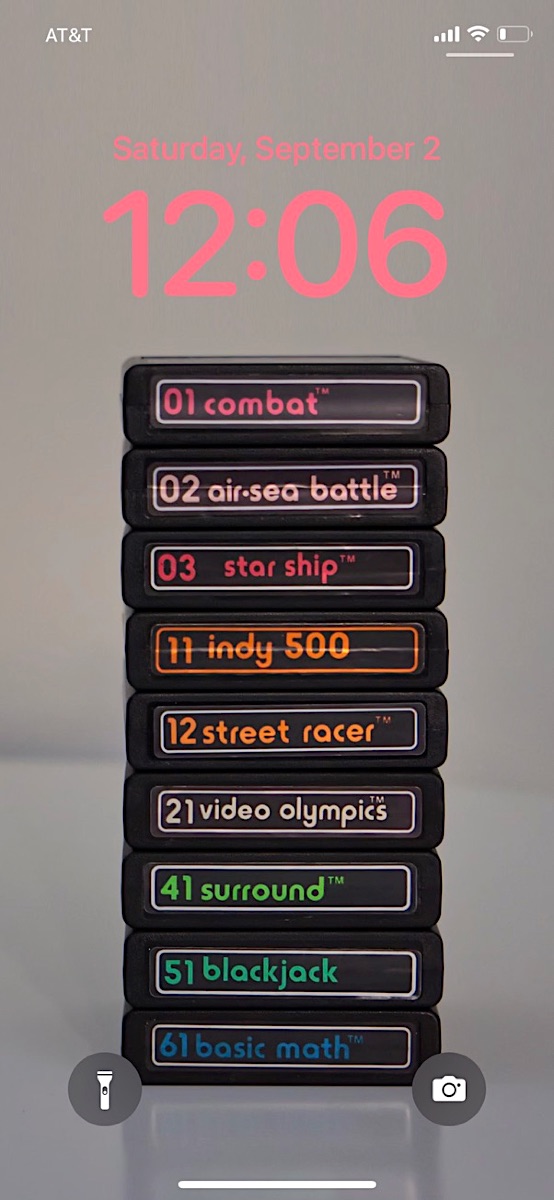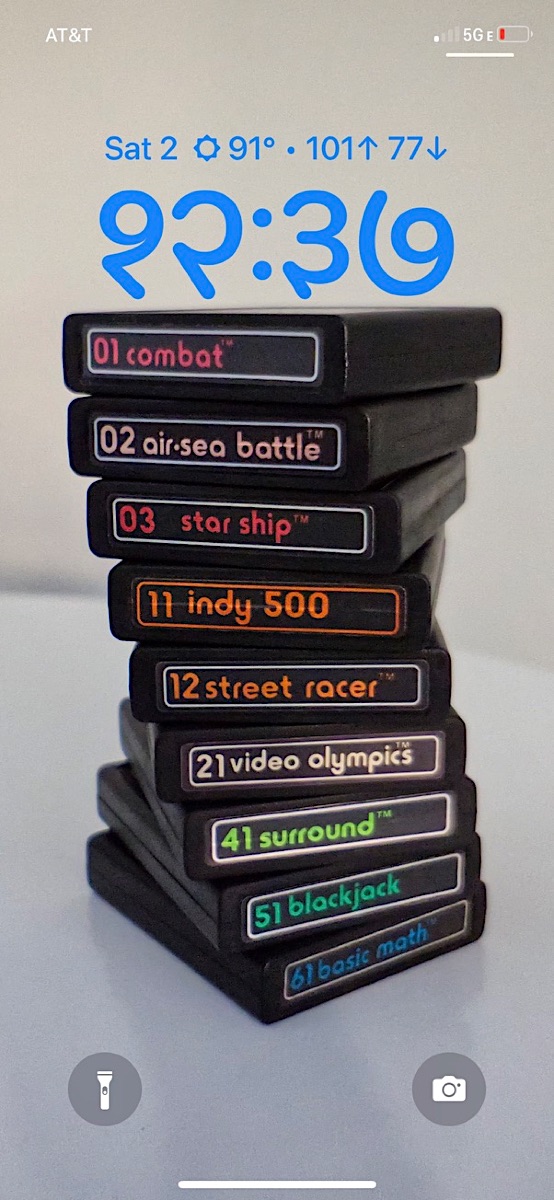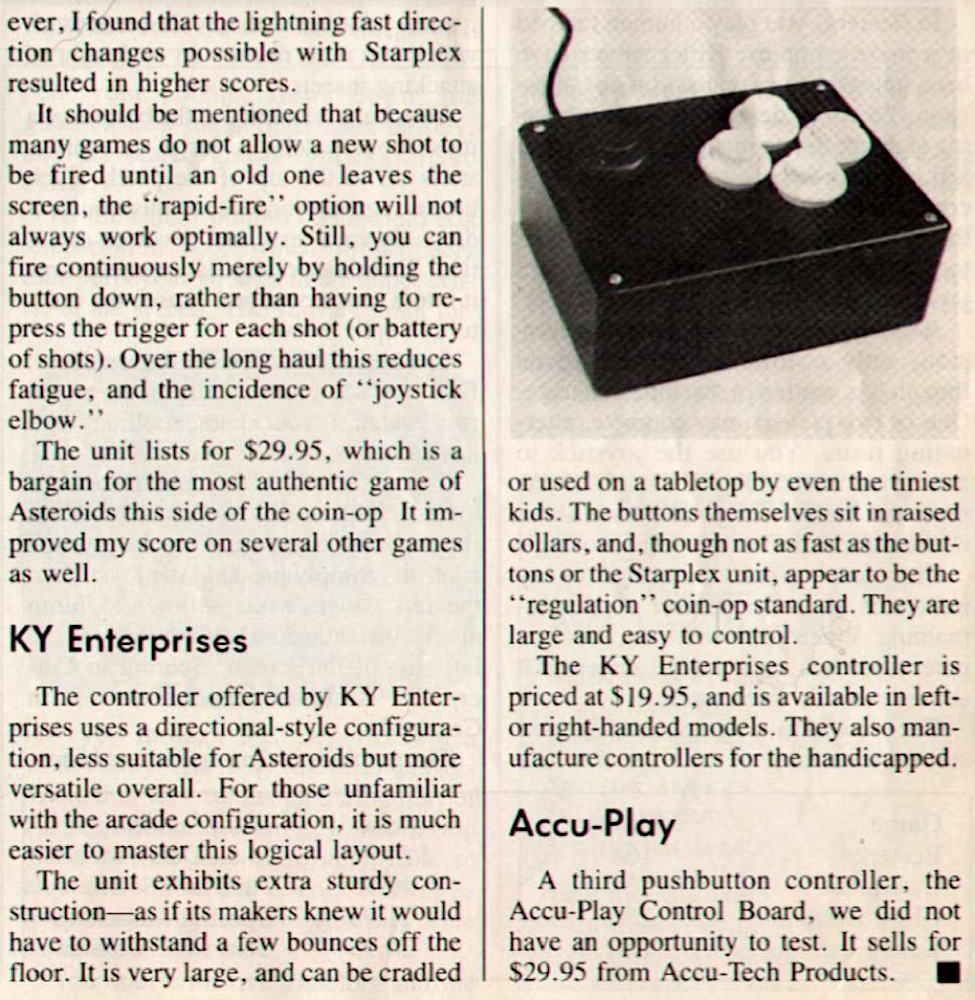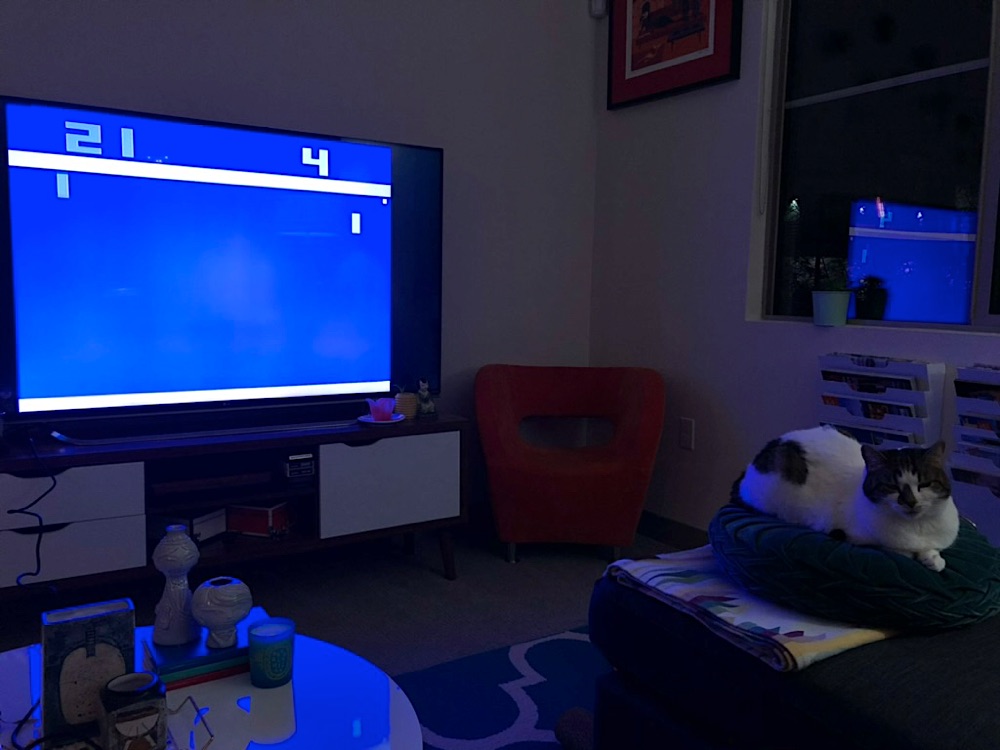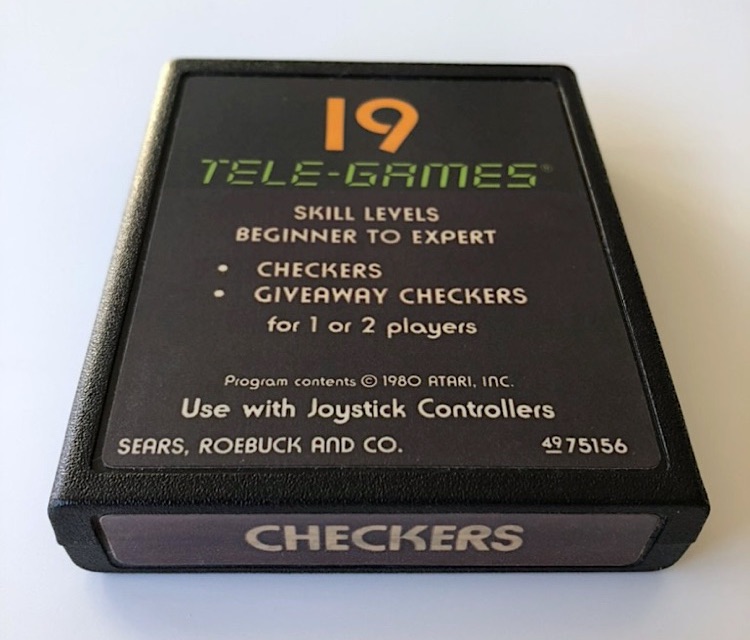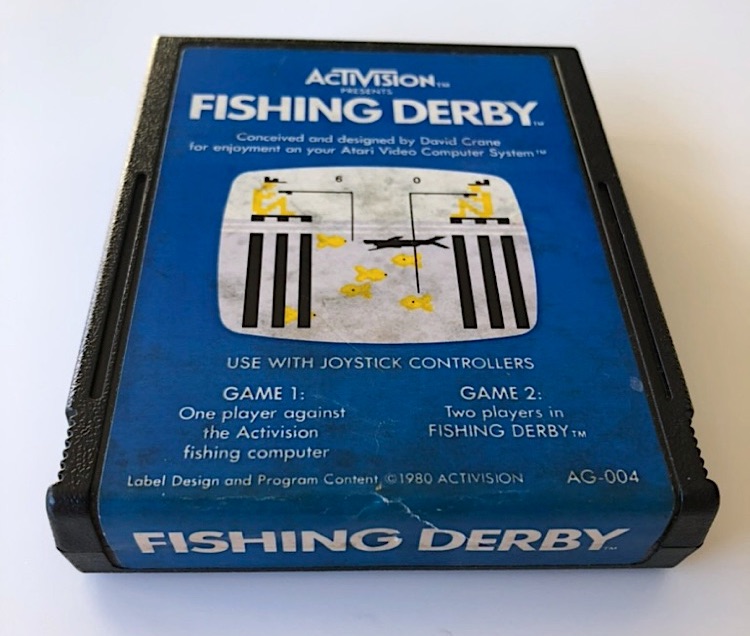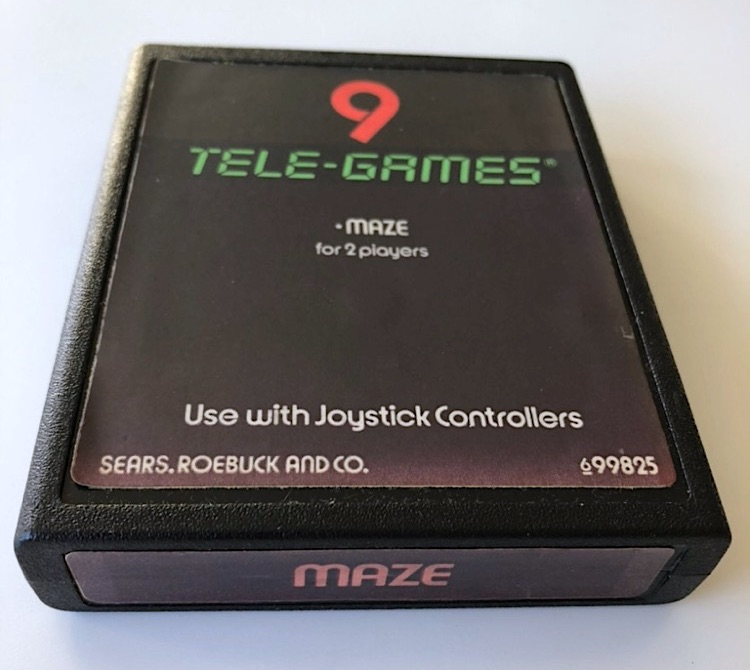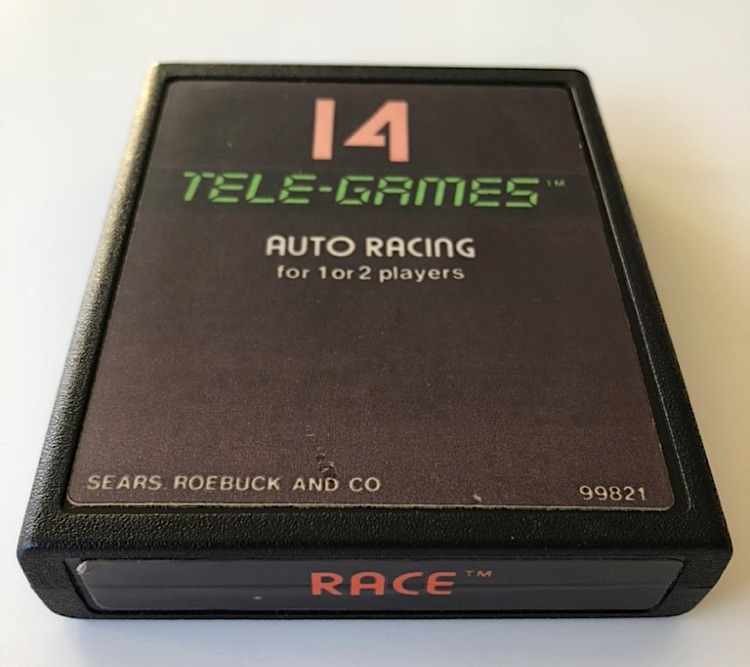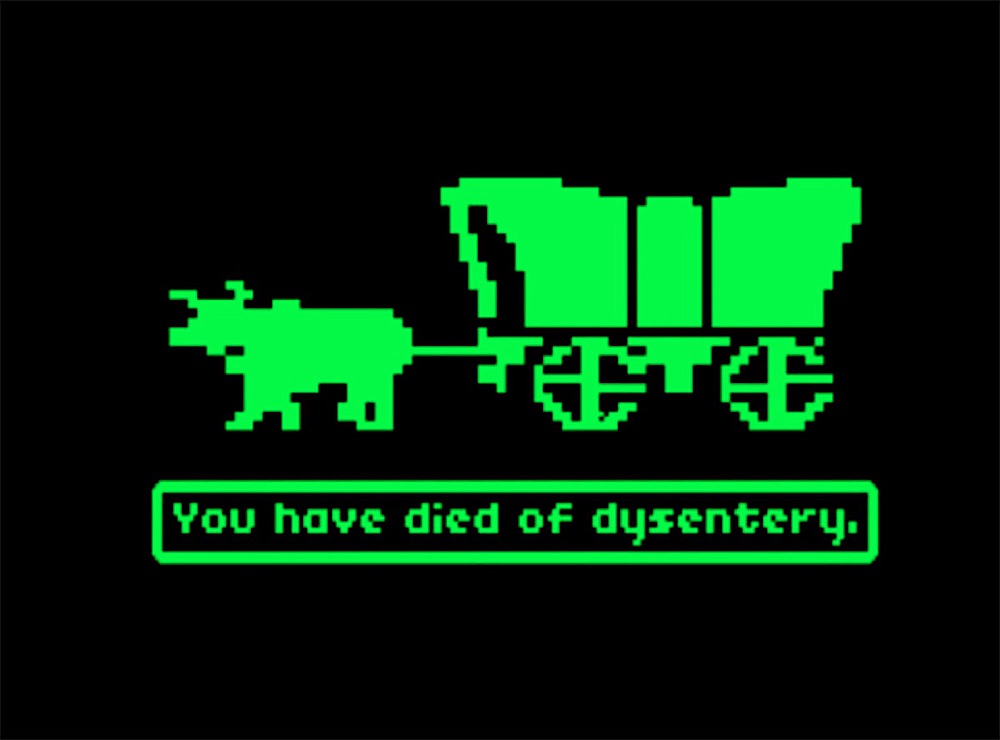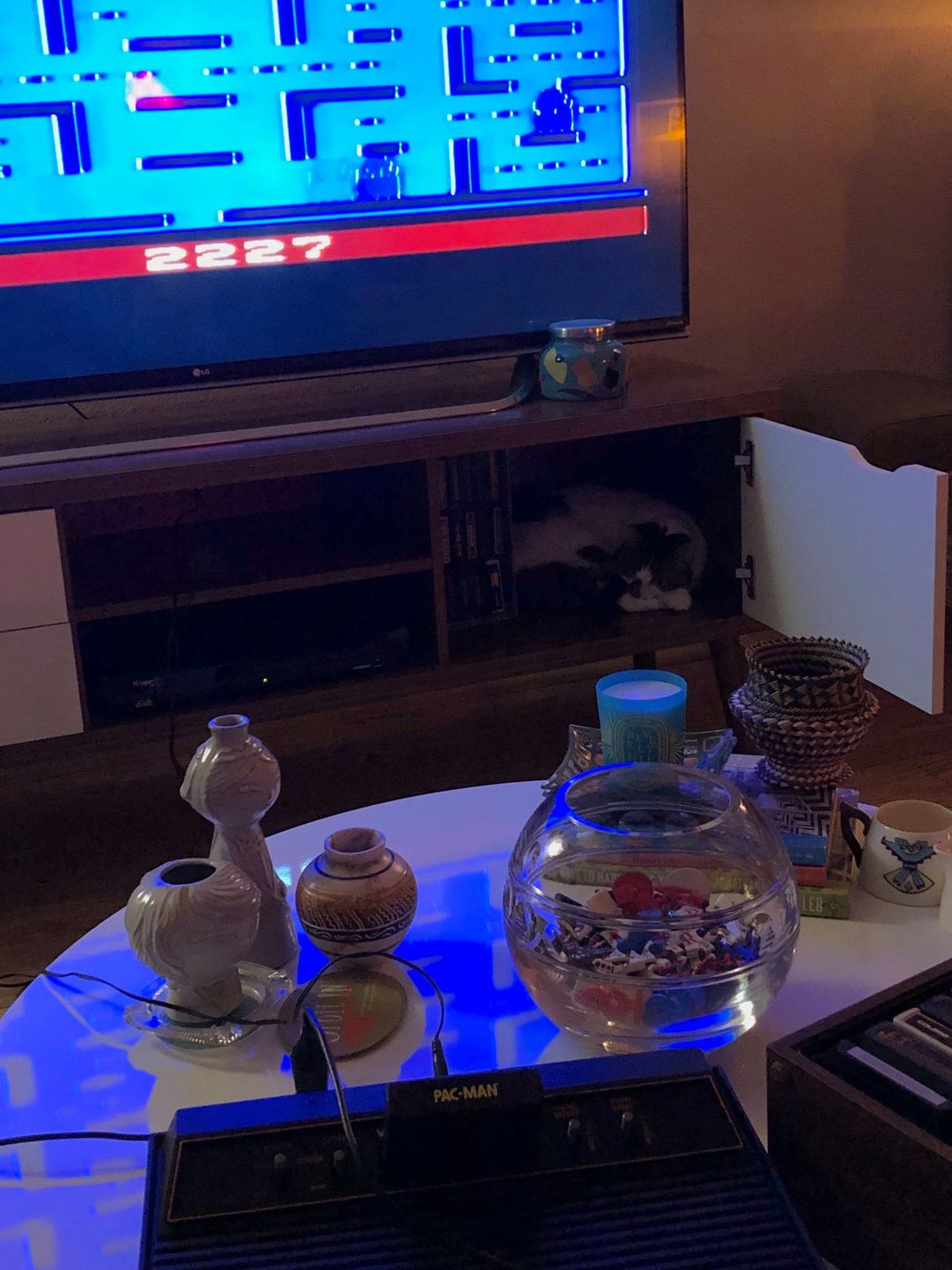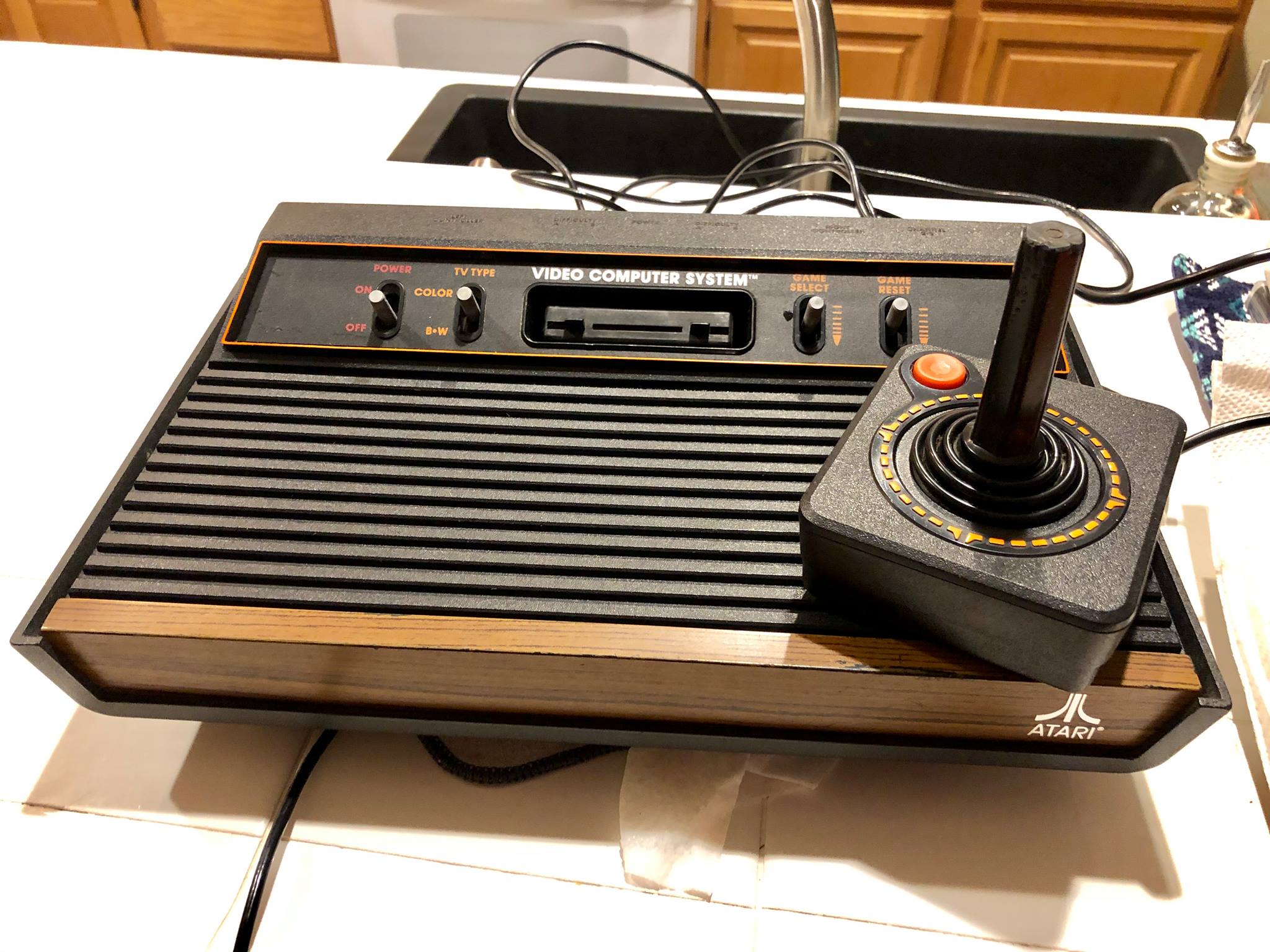Nim-ble
Sunday, November 19th, 2023 Alive 19,199 days
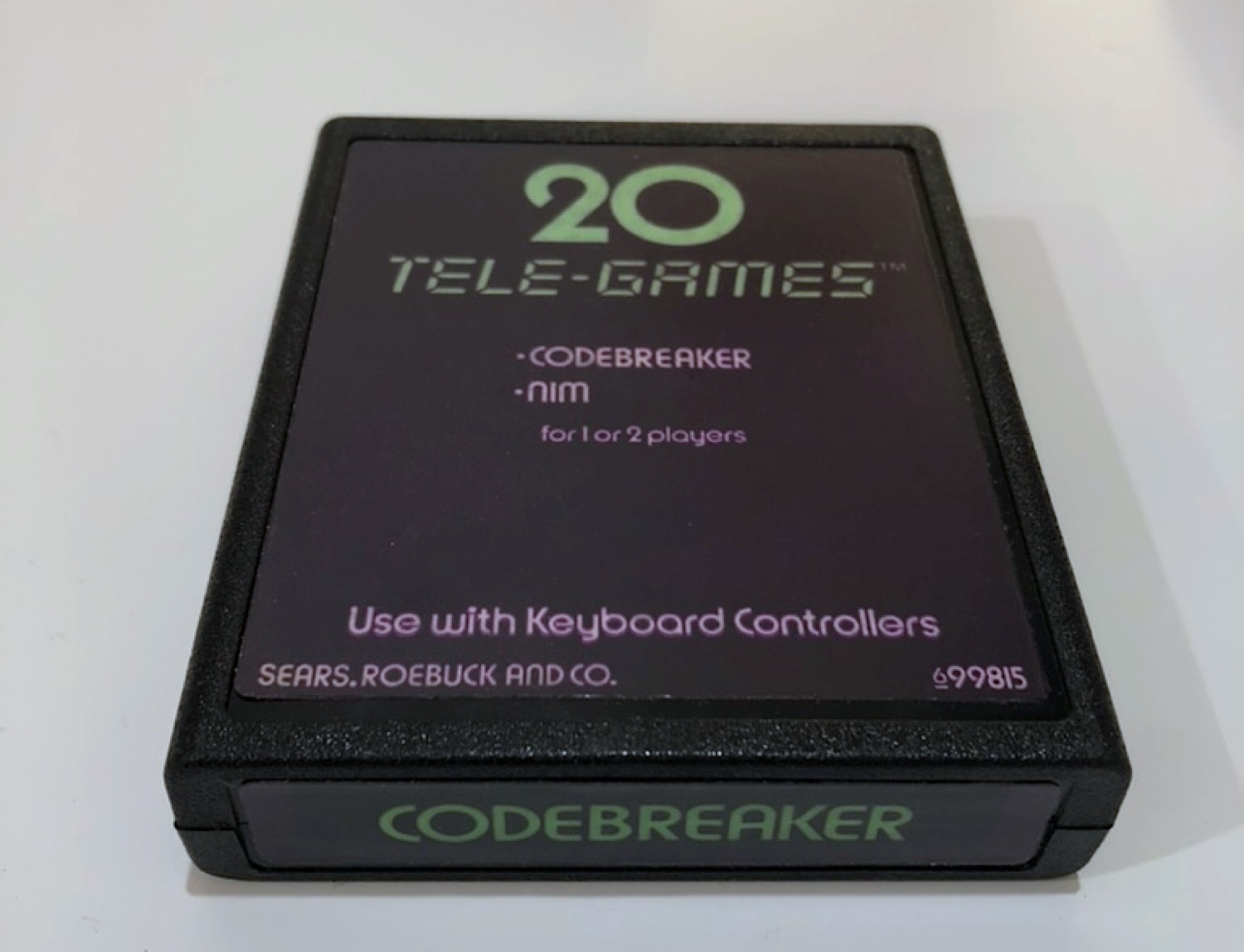
I got a new video game today. Itʼs the Sears Tele-Games version of Atariʼs Codebreaker. Like most Atari and Tele-Games cartridges, its box featured fantastically imaginative art that had virtually nothing to do with the game.
Released in 1978, this was one of the early Atari 2600 games. It was also very unpopular. Codebreaker can be hard. It is visually unappealing. And it requires a weird controller. Half a century later, these factors combine to make it one of the more difficult games to find for sale at a price under $10, my maximum budget for buying Atari games.
While video games today — and todayʼs entertainment in general — are all about thrills and special effects, games of the 1970ʼs were more about thinking. Dopamine release came from exercising oneʼs brain and figuring out a problem, rather than killing things.
Think about the sorts of things that people did for entertainment in the past: Solitaire, cribbage, crossword puzzles, home chemistry sets, playing music, even needlepoint were all mental stimulation involving math and science. You donʼt think playing music is mathematical? Think fractions, baby.
When computers started to be used for recreation, they were perfectly suited for adapting the entertainment of the day into an electronic form. Codebreaker even includes the game Nim, a traditional two-player mathematical game that has been around for over a century. With an Atari in front of the Magnavox you no longer needed the extra player, as you could pit your gray matter against a computer.
The first games for computers involved numeric deduction, and Atariʼs Codebreaker brought that from multi-ton mainframes right into peopleʼs family rooms. It felt like The Jetsons was ready to happen any minute now.
Today, I suspect the number of people in the world playing Codebreaker for entertainment is close to zero. But in spite of all the so-called advances in video games, which mostly seem to involve explosions and killing things, people still love thinking games.
There are still cities like Chicago and New Orleans where you can jump into a game of chess with a stranger on the sidewalk. Or Tampa and Seattle, where itʼs not unusual to see an energetic round of dominos in a coffee shop. Or even recently when I was at sea, I was pestered to be the fourth in a rubber of bridge.
Mental stimulation games donʼt get a lot of attention, but they are alive and well. If they werenʼt, the New York Times wouldnʼt have paid millions to buy Wordle. Itʼs not a very long trip from Codebreaker to Wordle.
